How to Photograph A Lone Tree
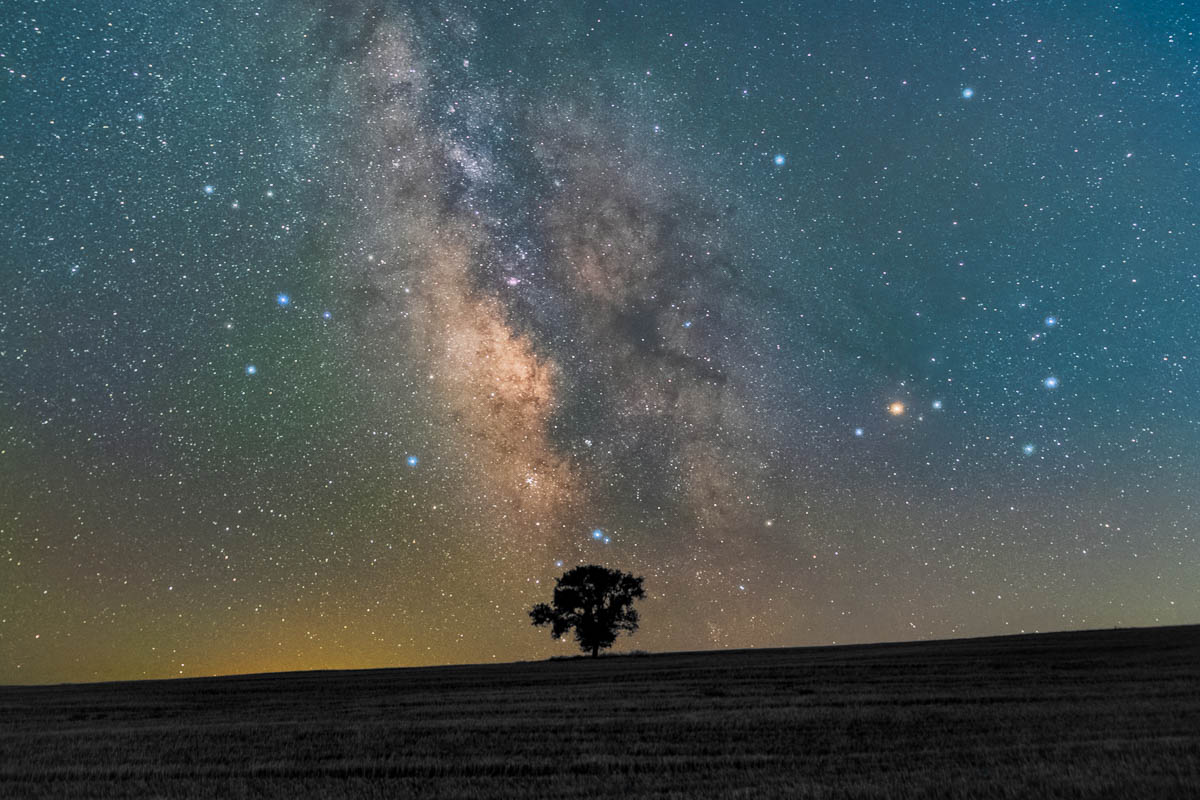
I find photographing lone trees to be very appealing. Those photos are stunning in their minimalism and overall simplicity. Standing alone in a hostile environment, a lone tree represents loneliness, solitude, peace, or even strength!
When taking a photograph, it is important to consider not only what is in the frame, but also what is left out. And by that I mean that, while most people want to photograph the amazing scenery in front of them, focusing on a single element or subject can yield a great image. So, let’s look at some tips and tricks on how to photograph a lone tree.
Composition
The rule of thirds is a good composition rule or guideline to start at all times. Place your tree on one of the intersections of a 3 by 3 grid on your frame. Then, for your foreground, use the bottom third and the top two thirds for the sky, or vice versa. And there you have it. The rule of thirds will assist you in balancing the elements in your frame. However, if you don’t have something interesting to balance out the tree, your photo will fall flat.
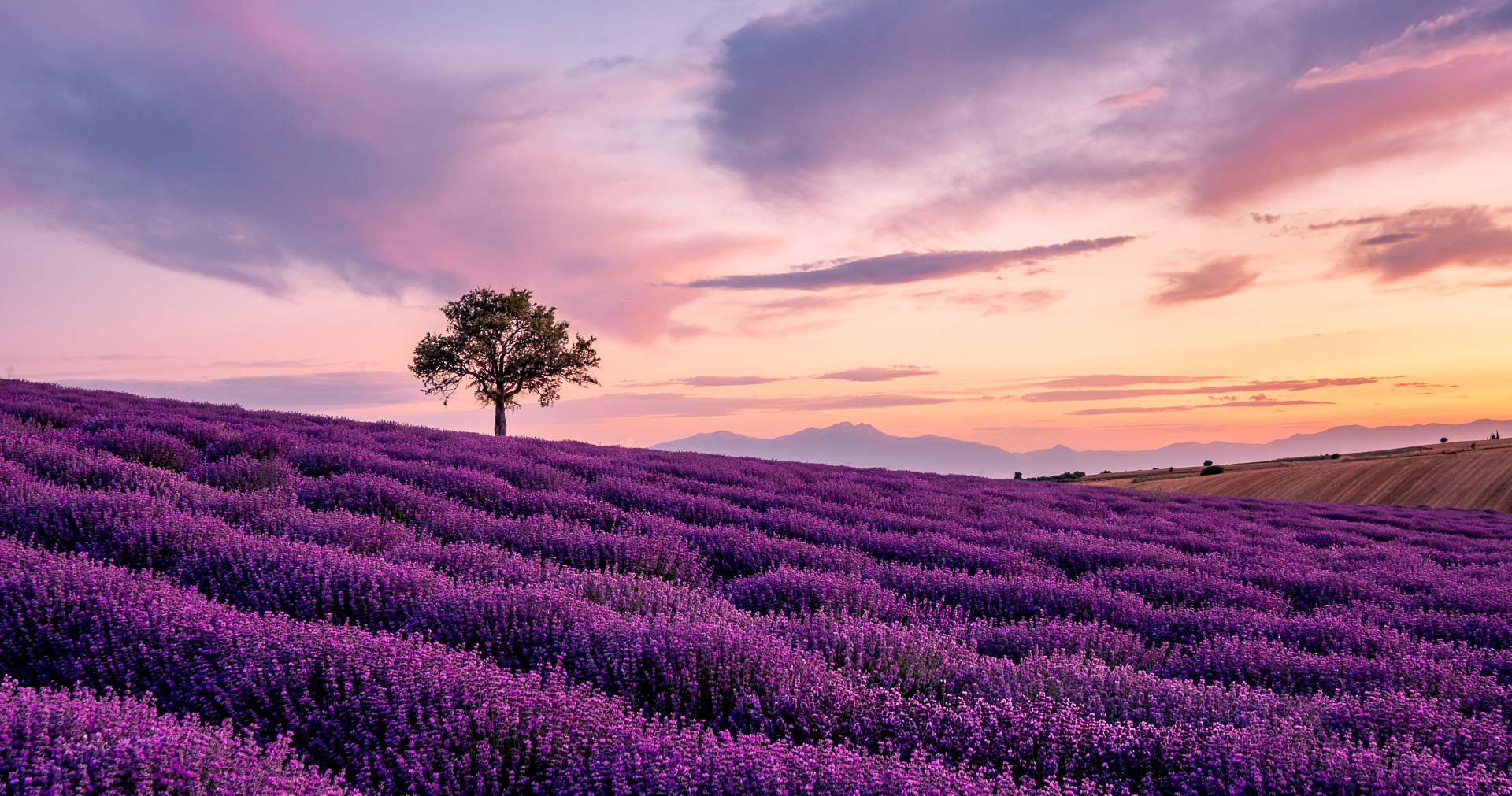
However, when photographing lone trees, I always try to place them dead center, in the middle of the frame. Most of the time, this results in a symmetrical and well-balanced image. You also make your subject, a lone tree, stand out in the frame. The viewer is aware of where to look.
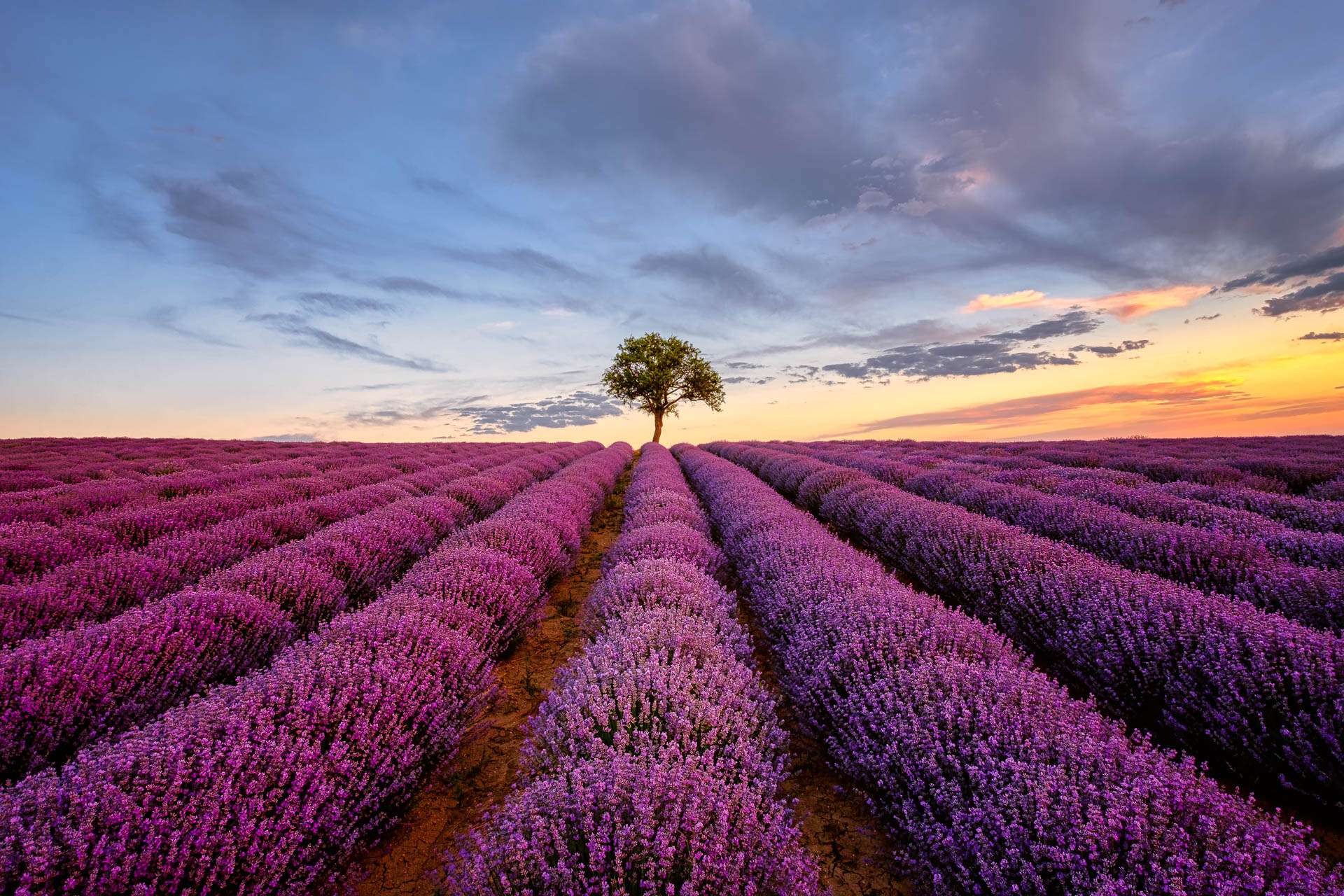
Lenses
Again, there is no universal rule. It is determined by the scene you wish to photograph. However, using a telephoto lens will assist you in distinguishing the lone tree from the rest of the scene. You could also try a wide lens. Get close to your subject and look for a strong foreground element or some leading lines to draw the viewer’s attention to it.
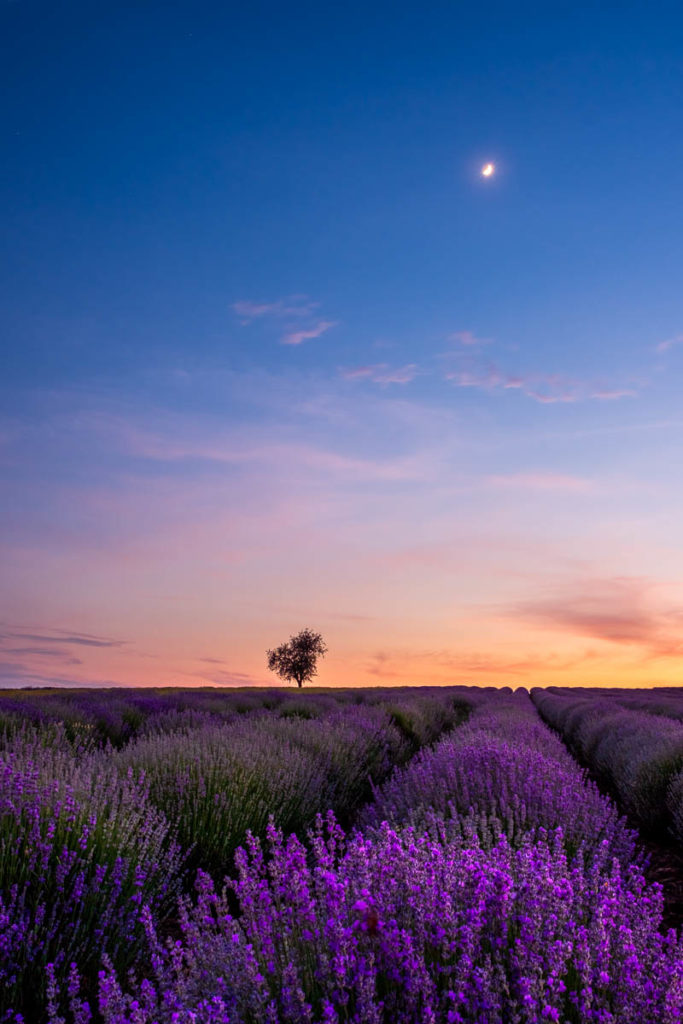
Weather conditions
Landscape photography is always affected by the light and weather conditions. A sunrise or sunset will get you off to a good start. Try to find an interesting background that is distinct from your main subject. A beautiful tree silhouette, even if it is leafless, will create a strong subject.
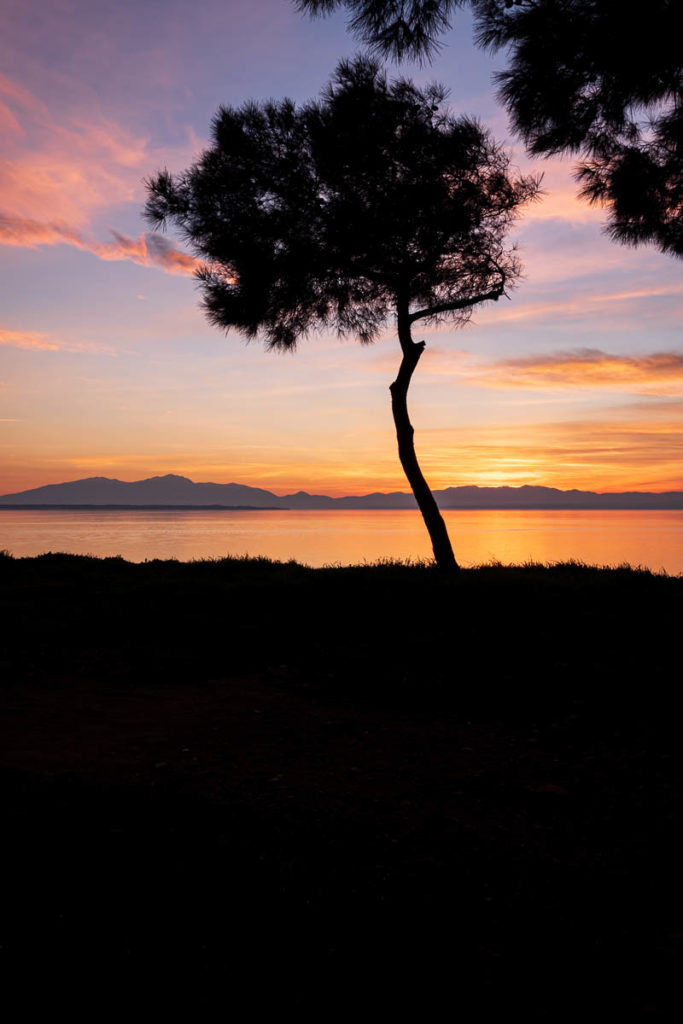
Try photographing a lone tree in the middle of the day with a clear sky! The green of the tree in the following photo contrasts beautifully with the clear blue sky and yellow flowers.
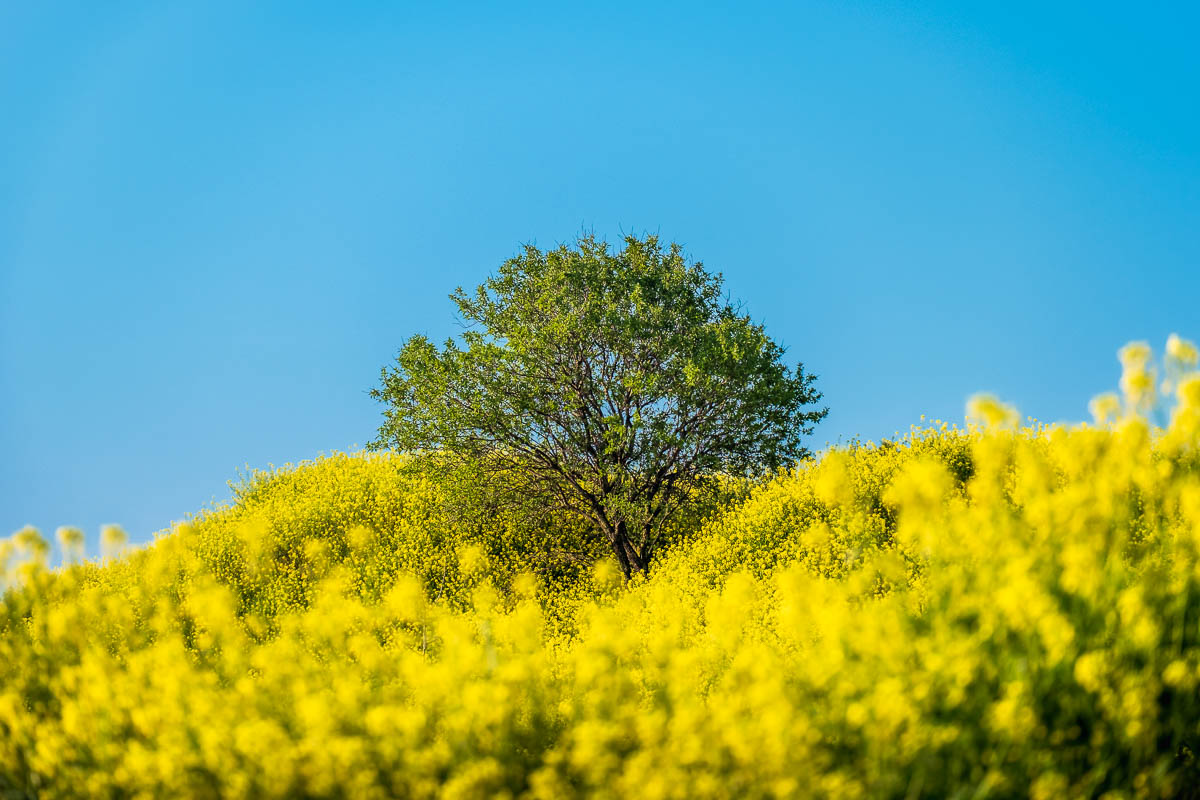
A woodland photograph is always enhanced by fog and atmosphere. Because woodland is chaotic with so many things going on, fog can help separate a tree from the background and simplify the entire scene.
I also enjoy astrophotography with lone trees. By positioning the tree in front of the Milky Way, a strong background is created. You can also play with star trails.
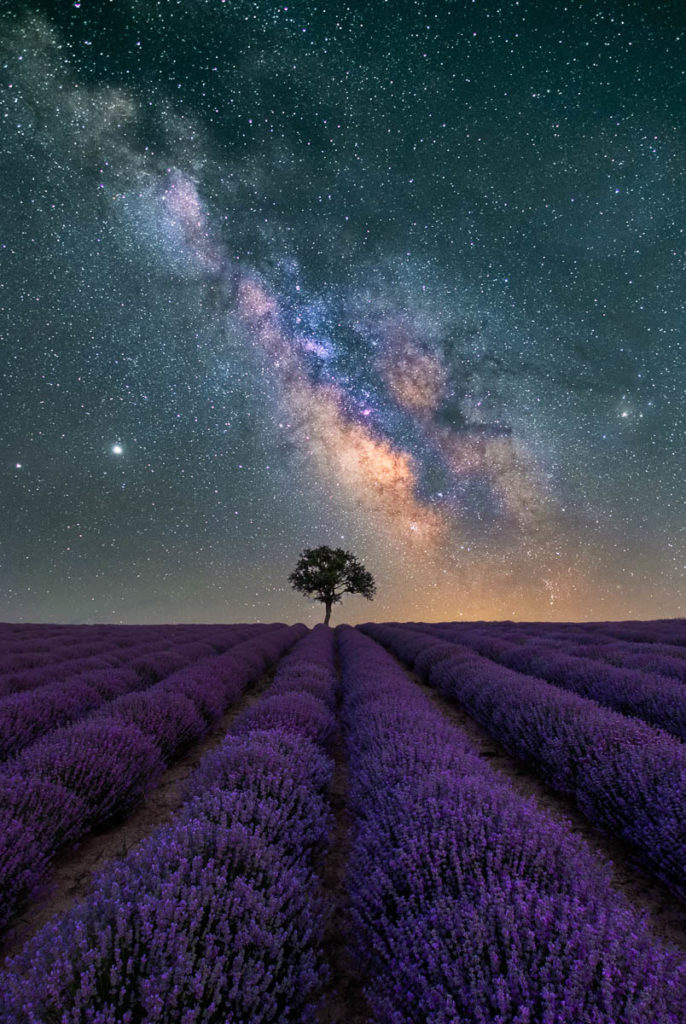
Putting it all together
The following tree was photographed over a few hours, beginning before sunset and continuing through the night. As you can see, the same composition can produce a wide range of images depending on the lighting and time of day.
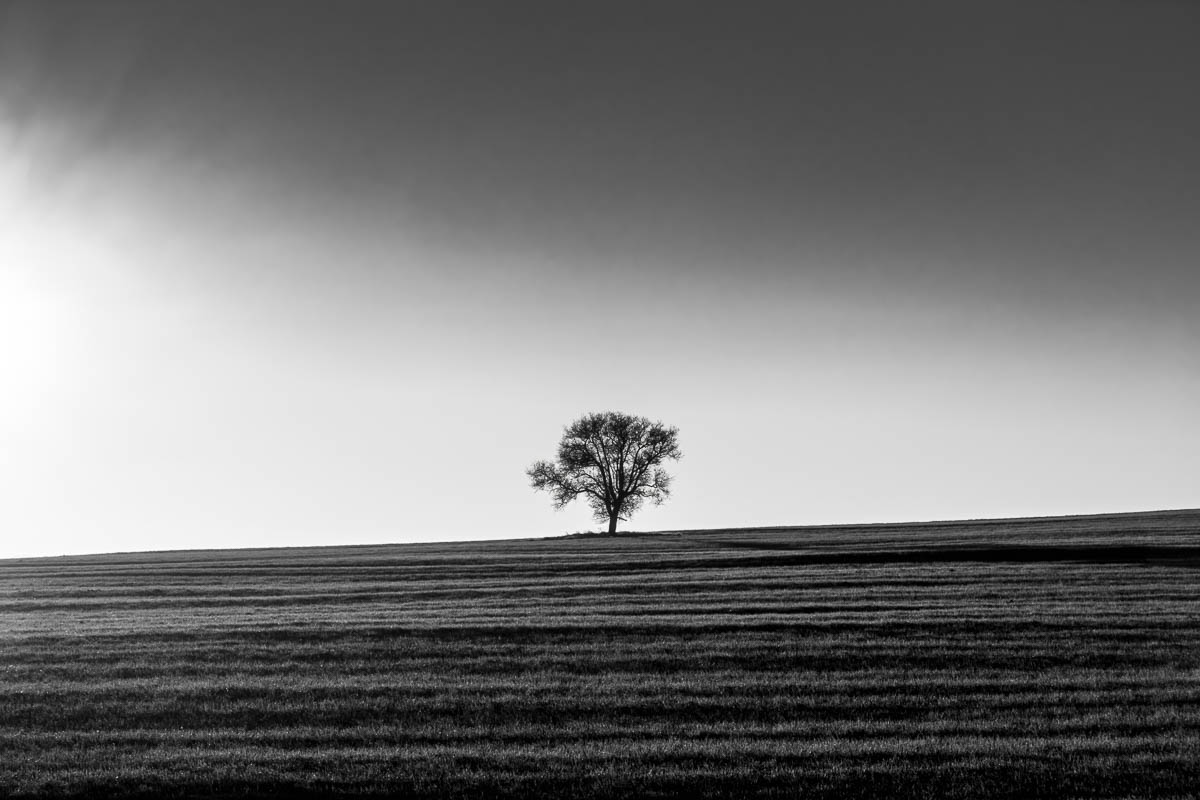

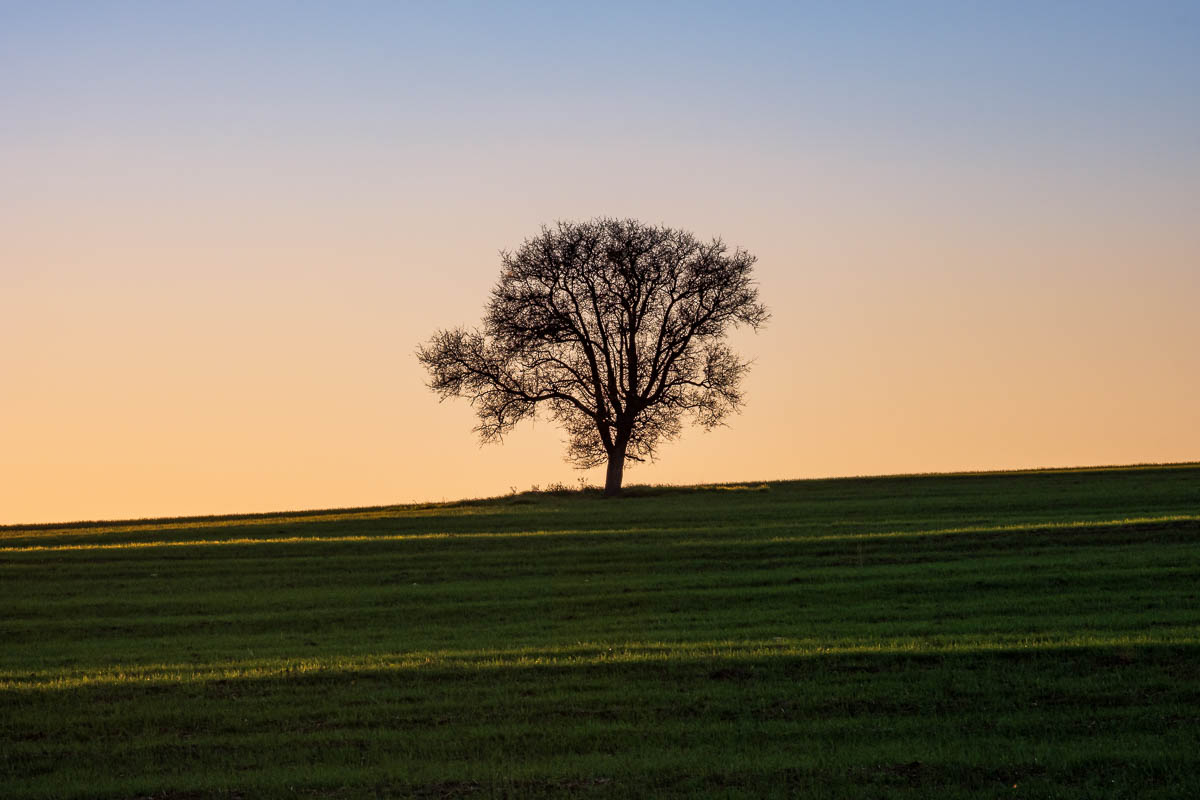
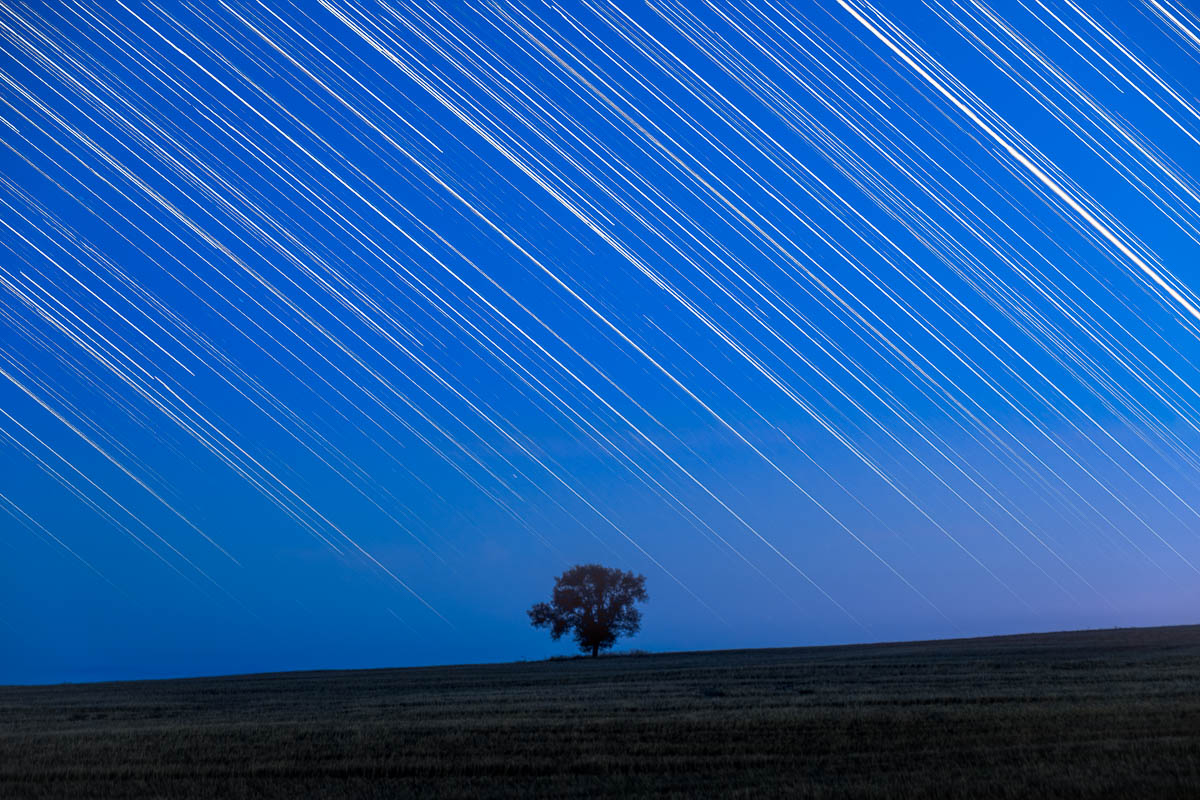

Conclusion
To summarize, photographing a lone tree can be very difficult. However, if you pay attention to composition and lighting, you will be rewarded with a fantastic photograph.
Don’t you think lone trees make great wall art? Here’s a gallery of my favorite lone tree photos. They are available as fine art prints to hang on your wall, as well as a variety of gift ideas!
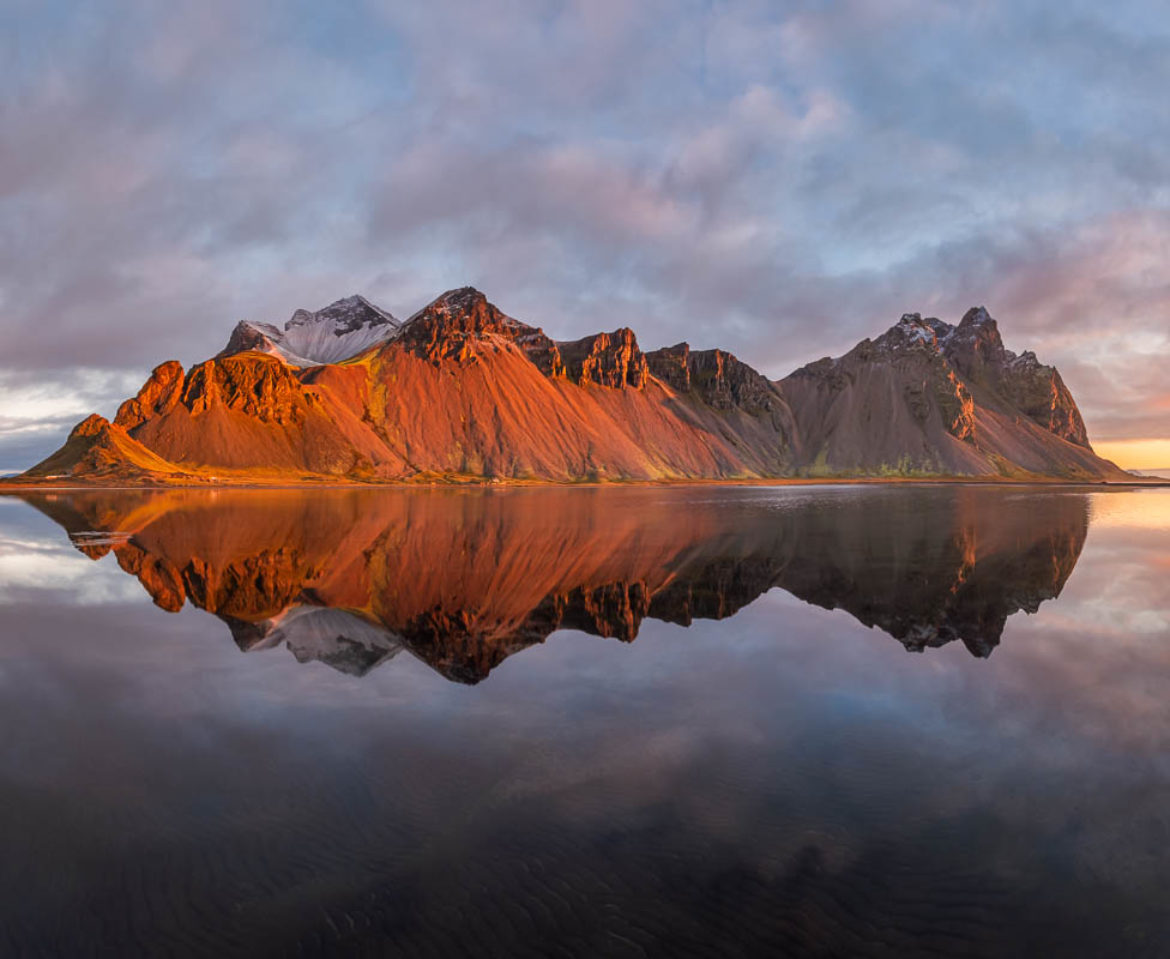
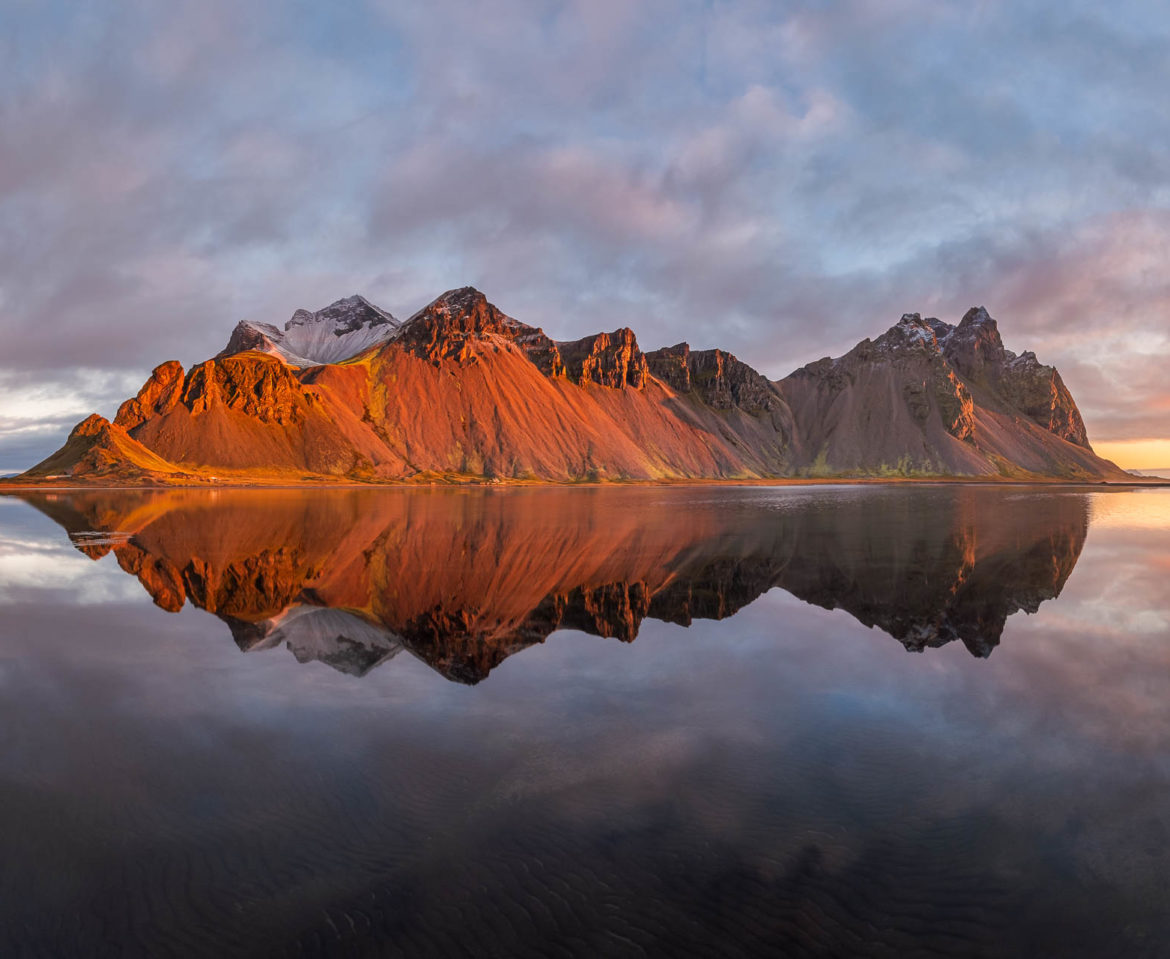

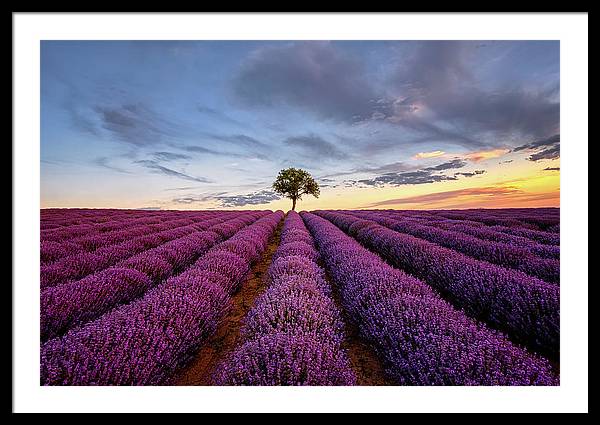

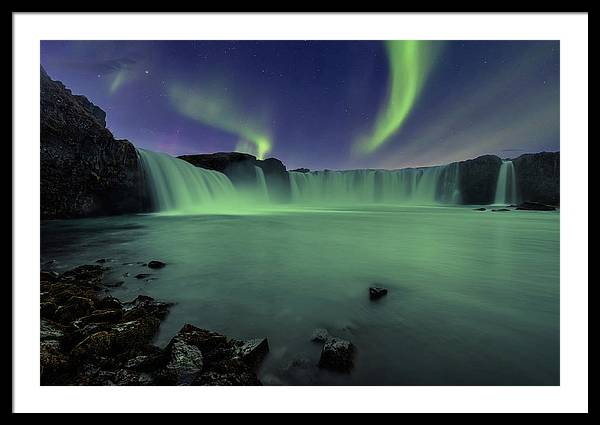
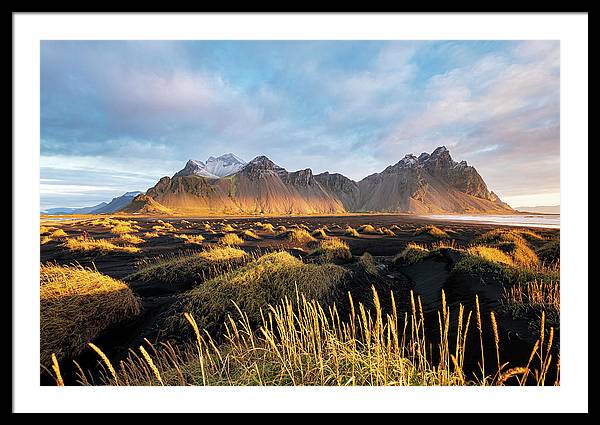
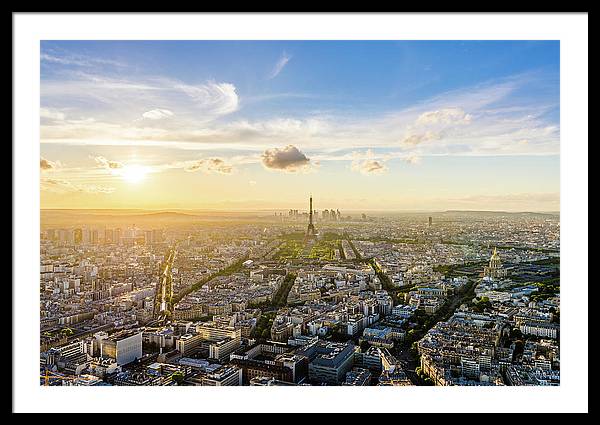
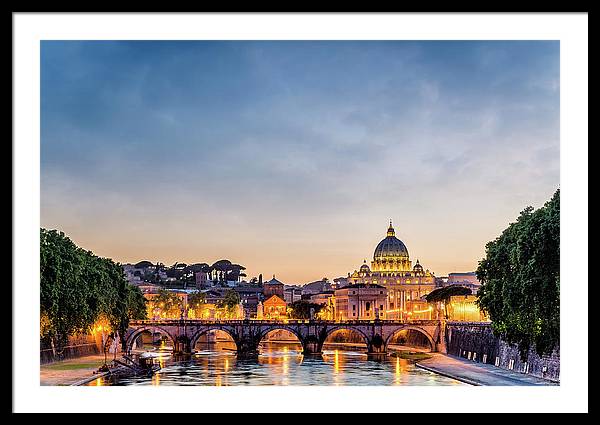
Comments on This Post
Bill SwartwoutAuthor
You have some awesome images of that “lone tree” here. You have also helped many people with your description, or tutorial, about how to achieve similar results. Very nicely done, Alexios.
Alexios NtounasAuthor
Thank you very much for your kind words Bill! I am glad you liked my photographs.
Steve HeapAuthor
Great images to illustrate this article, Alexios. I particularly like the ones with the lavender. They are taken in Greece, aren’t they?
Alexios NtounasAuthor
I am glad you like my photographs Steve! Indeed the ones with lavender fields are located in Greece, very close to the city of Thessaloniki. I was pretty excited when I discovered those lavender fields. They offer some great photographing opportunities!